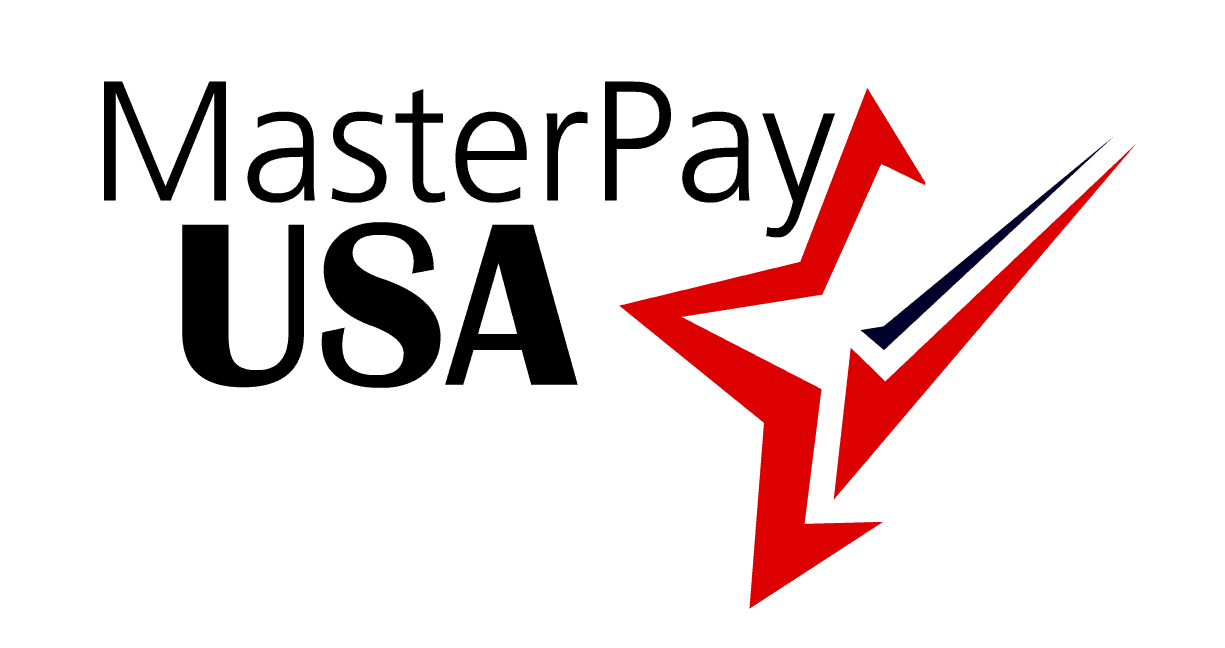Want to Retain Women Leaders? Look Beyond Maternity Leave
(Editor’s Note: Today’s post is sponsored by Bright Horizons Family Solutions , a leading provider of high-quality child care, early education, and work/life solutions for employers. They’ve been consistently included in FORTUNE Magazine’s 100 Best Companies to Work for in America. In addition, more than half of the employers on the FORTUNE list, including seven of the top ten, are Bright Horizons clients. Enjoy the post!)
Organizations need to focus their engagement and retention strategies toward women. And I’m not just saying that because I’m a woman. According to the U.S. Department of Labor, women represent 51.5 percent of all professional and managerial jobs. And a large percentage of these women are also working mothers. So, if businesses are saying to themselves, “Where can we have the most impact?”, it only seems logical and good business sense to consider the largest group.
That being said, organizations need to think beyond benefits like maternity leave when it comes to engaging and retaining women leaders. It’s true – announcements of enhancements to maternity leave policies are in the media almost every day. They are important and valuable and more organizations should offer them. But, if organizations want to retain working mothers and preserve their current and future leaders, they need to look beyond the first few weeks or months of a working mother’s life and really pay attention to the messages that are being sent throughout her tenure.
The Bright Horizons 2016 Modern Family Index shared some eye-opening statistics about working mothers and the work environment:
Parenting translates into a career-limiting move . Women have watched as their working parent colleagues are passed over for promotions and career opportunities. More than one-quarter (26 percent) of expectant mothers admit they’ve witnessed working parents at their organization being limited in their careers.
Commitment is high among expectant mothers . Women are committed to their careers and fear that having children will halt their career progression. Ninety-two percent (92%) of expectant mothers plan to be as committed post-baby as they were before, and the majority of them (some 53 percent) expect to work harder in order to earn more for their family.
Family friendly employers attract talent . If parents don’t like what they see in a workplace, they will exit your organization, not the workforce. Forty-nine percent (49%) of parents who’ve had their first child in the past two years indicated they would take a job for less money at a family-friendly employer.
Organizations need to recognize the potential challenges facing women leaders during this time of transition and create strategies that signal a continued investment in employees who are parents.
3 Strategies for Retaining Working Mothers
Women are becoming mothers later in life, often after they are well-established in their careers and in positions of management and leadership. As more companies – especially technology, science, and engineering industries – are struggling to meet diversity and inclusion goals, HR professionals should consider developing programs focused on retaining working mothers. Here are three strategies to consider:
- Offer family friendly benefits and supports . In the Society for Human Resource Management’s (SHRM) 2016 Strategic Benefits Survey, the company benefit which saw the highest level of increase were family benefits, indicating an increased value for these benefits and supports with employees. Family benefits and supports include sick time flexibility, on-site nursing rooms, child care centers, and back-up care. Not only is offering the benefits important, but making them easy to access is equally imperative.
- Develop a supportive company culture . Organizations that build communities of support are good for employee well-being, which in turn positively impacts productivity. Frame return-to-work benefits so employees can remain engaged with the company. Provide flexible work and telecommuting. Allow parents opportunities to network with each other. And let senior management model the behavior.
- Promote career progression and opportunities . Organizations with more women leaders often outperform their peers. In an article published by the Peterson Institute for International Economics, fifteen percent (15%) profit growth is associated with a 30 percent increase in women executives. To support your women leaders, make sure they have a defined career path along with access to management coaching, mentoring, and networking. Most importantly, working mothers need supportive managers.
Stop Losing Your Women Leaders
Organizations today need to develop policies and benefits that support working mothers; it’s not enough to simply offer maternity leave. As organizations collaborate with their women leaders to build mutually satisfying career paths, it’s important not to make assumptions about which direction new mothers are “leaning.”
If your organization wants to learn more about what working women want both before and after becoming a parent, download this complimentary e-book on “ How to Keep Working Mothers from Walking Out the Door ” from the Bright Horizons Solutions at Work website.
The post Want to Retain Women Leaders? Look Beyond Maternity Leave appeared first on hr bartender.

